
For those in Tokyo who are wanting to go to Gunma Prefecture for the Kusatsu onsen, the first stop on your list will be Naganoharakusatsuguchi Station in the town of Naganohara in Gunma Prefecture.
A small mountainside town in the western part of Agatsuma (northwest of Gunma Prefecture). Nearby is the Azuma River and Mt. Asama and the Asama Highlands.
Nearby is the Kusatsu Shirane volcano in the north and Mt. Asama in the south, so the soil is mainly volcanic ash, sandy soil. Because the area is surrounded by mountains and low temperatures, the area is not suitable for agriculture cultivation.
The area’s average temperature is 44 degrees (7-8 degrees C), in August it can reach up to 68 degrees (20 C) and in February it can go down to 21 degrees (-6 C).
The area has many buried ruins and artifacts from the Neolithic age but there is probably a lot more that was buried by earth and sand due to the mud flow from the Mt. Asama eruption long ago. Stoneware, stones, stone axes have been excavated as well.
On January 20th, the two celebrates its Onsen Festival every year.

The old Naganohara-Kusatsuguchi Station
Back in 1945, Naganohara Station was created and was used to transport steel courtesy of Nippon Steel and by 1954, passenger sales were made available. By 1991, the station’s name was changed to Nagano-Kusatsuguchi Station.
The station is no doubt a station that was created for the purpose of the growing interest in tourism to the area and the popularity of Kusatsu and a ticket gate, bus and taxi station were created.
There was a previous station but the new station was created with dam related construction in progress and most of the facilities around the area were demolished or relocated.
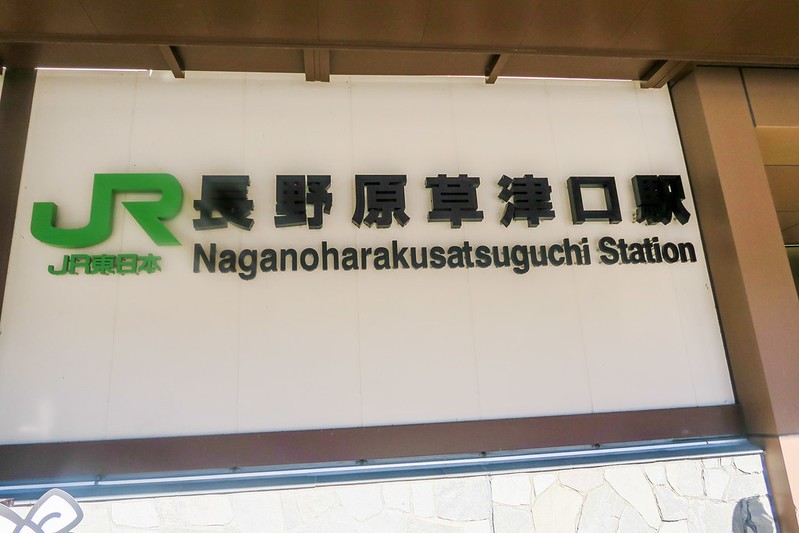
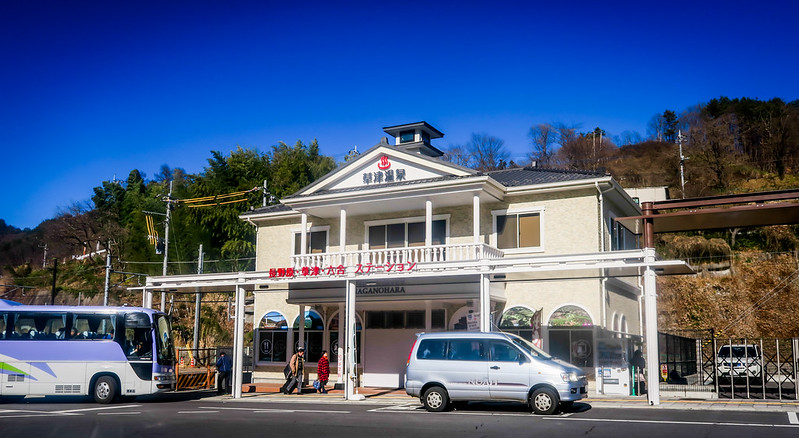

The completion of Naganoharakusatsuguchi Station was in 2011 and after the west side of the building was completed, a completion ceremony was done on July 27, 2013 and a dining hall and souvenir shop was opened in August 2015.
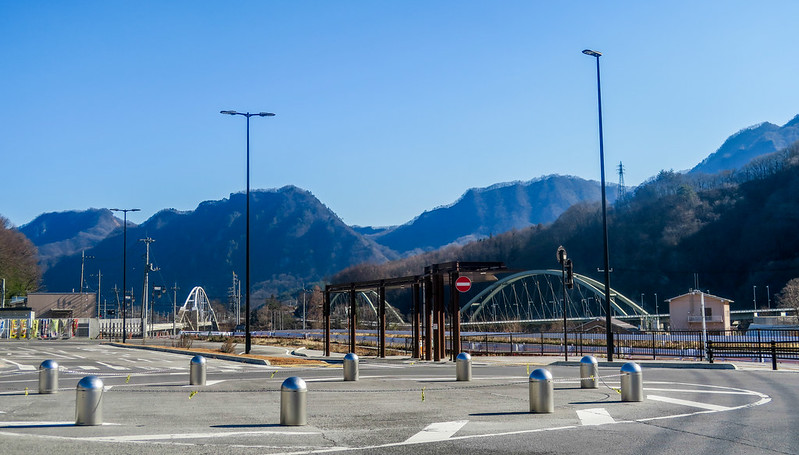

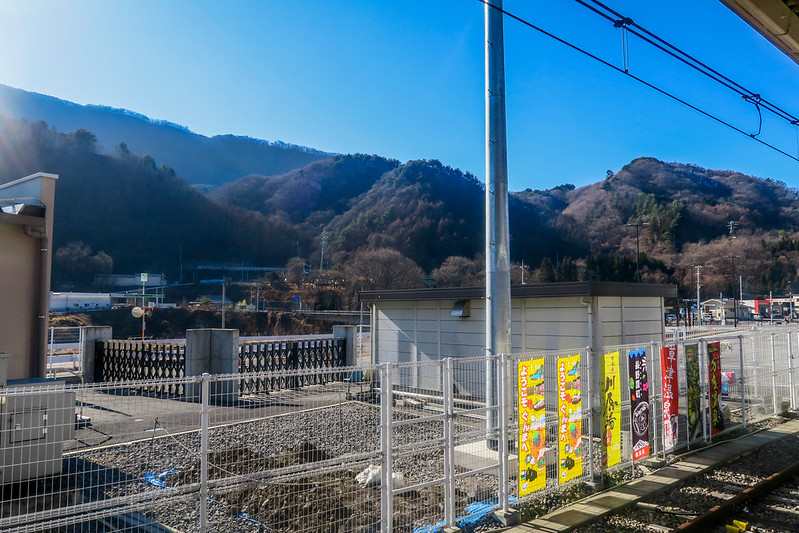
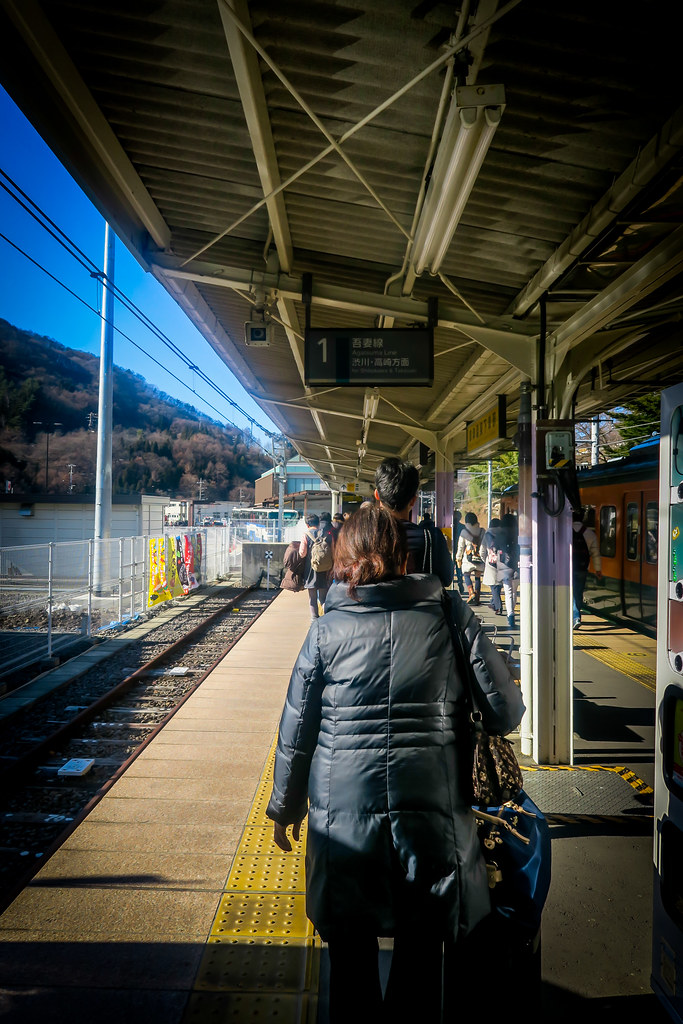
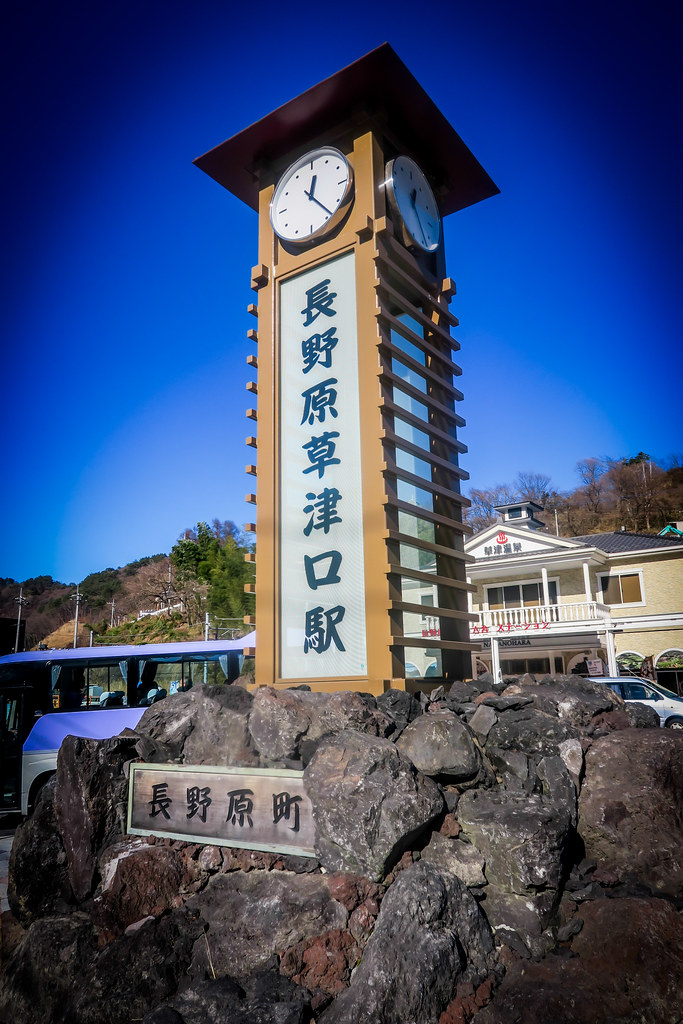
For those going to Kusatsu, you’ll need to purchase bus tickets (unless you have a JR Pass and you can ride for free).

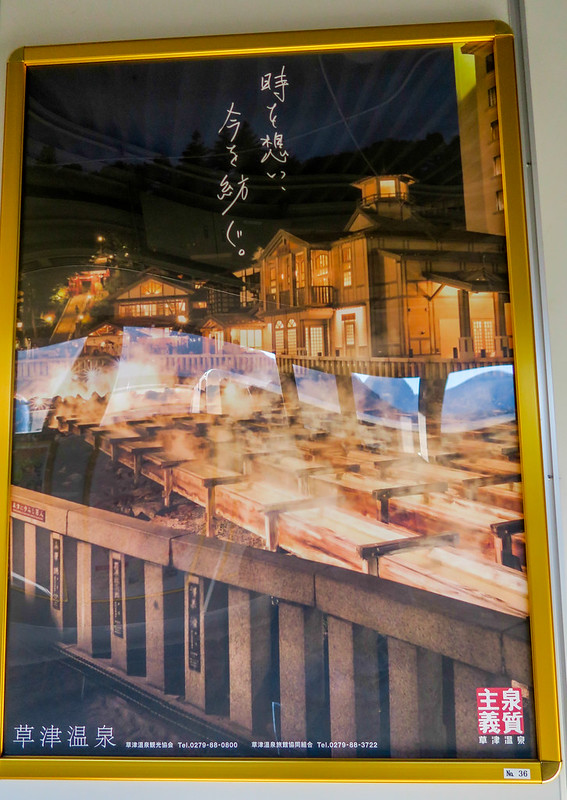
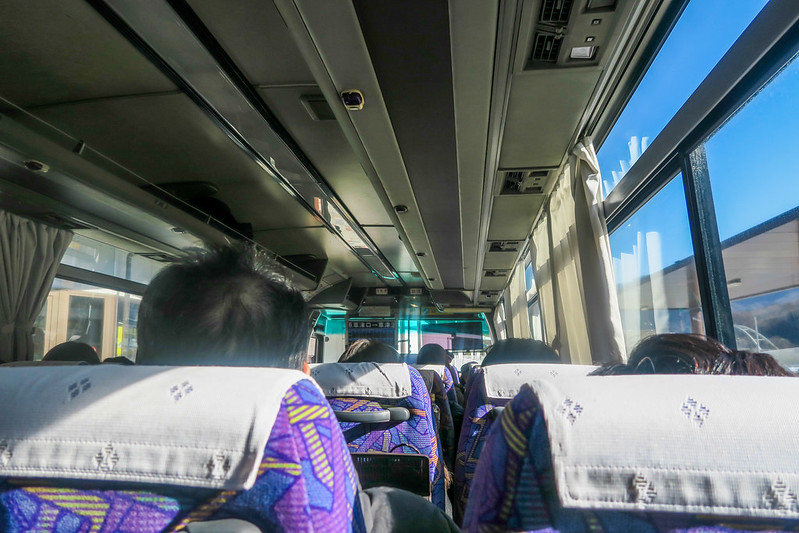
Once you get on the bus, you are now on your way to Kusatsu Station.
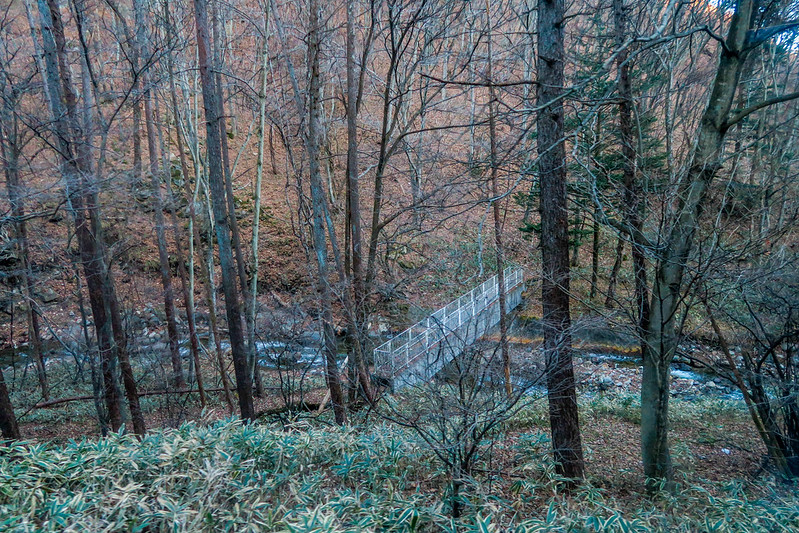



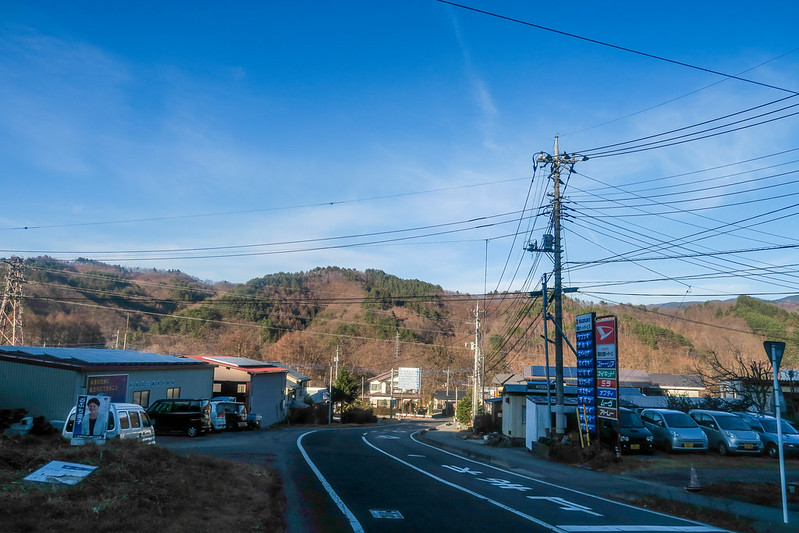
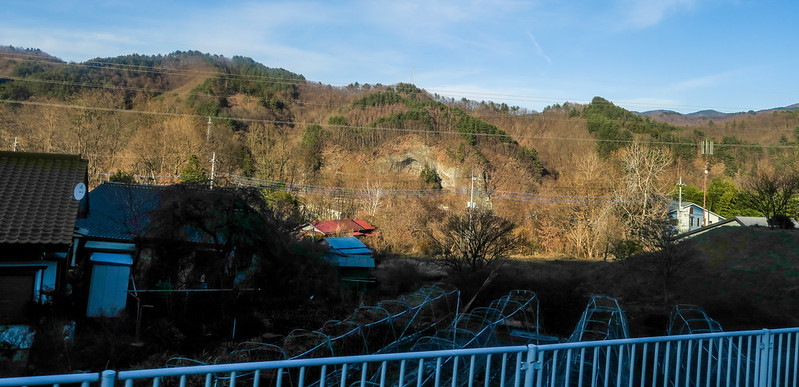


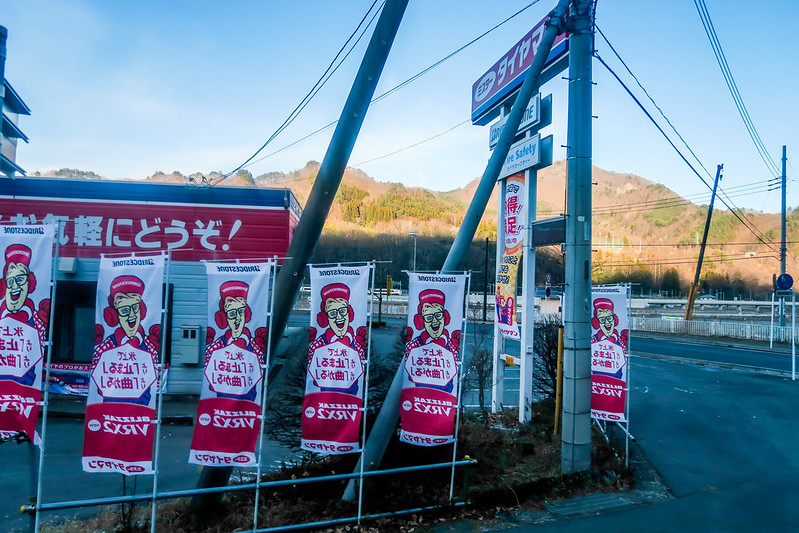

The ride takes about a little over half and hour and you get to see the homes in the mountainside. And once you start to reach higher elevations, you start to see the snow in front of shops and homes.

In tomorrow’s post, I will feature the arrival to Kusatsu Bus Terminal.
